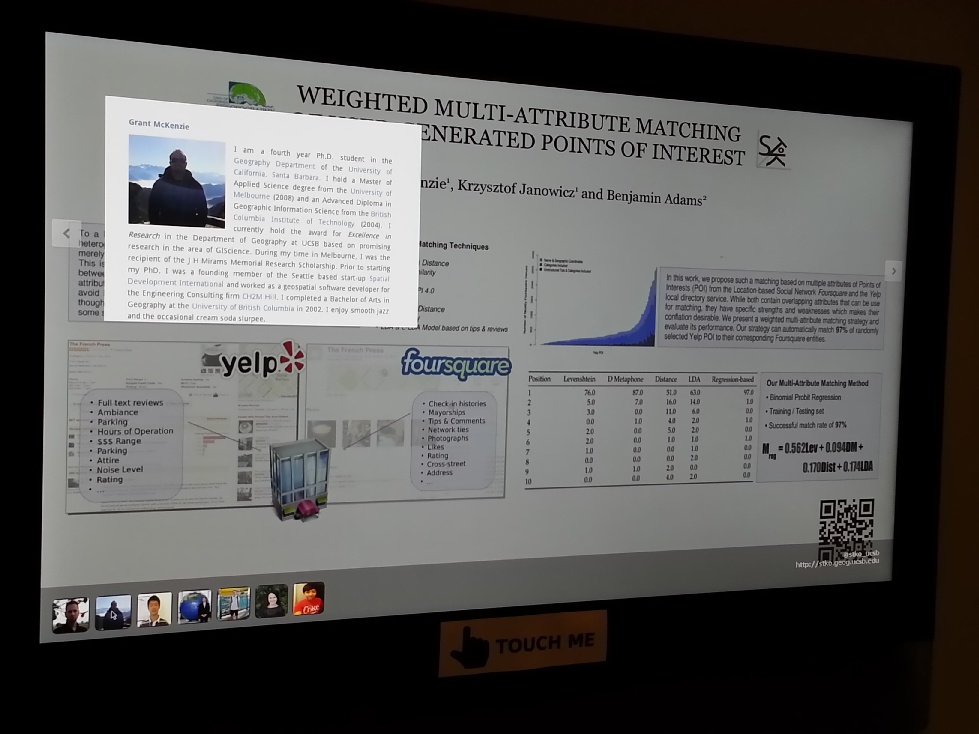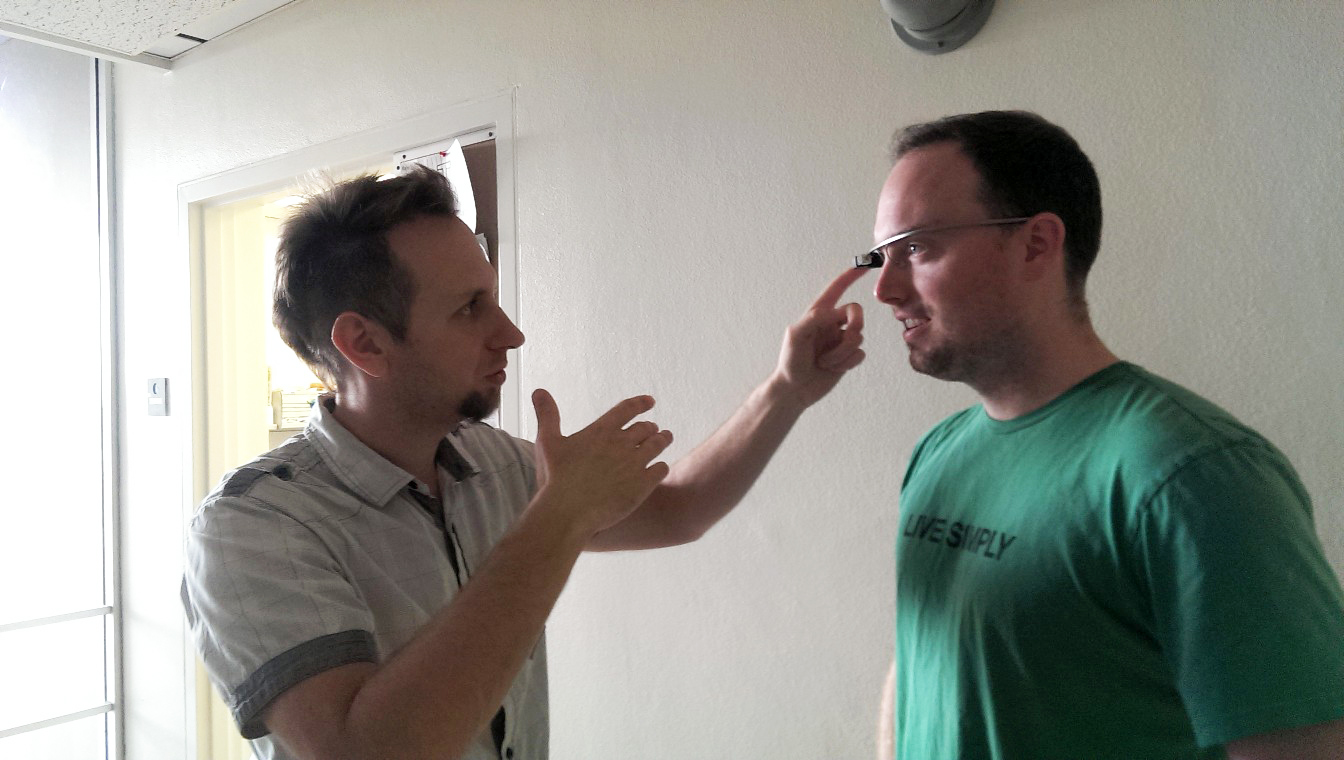“Do you like astronomy, the universe? Great, ’cause we are the astronomers of the information universe. The STKO Lab is an information observatory that investigates the role of Space and Time for Knowledge Organization. Thus, if you like, you can also spell out the STKO acronym as Spatio-Temporal Knowledge Observatory. Our work spans across different scientific disciplines such as geoinformatics & GIScience, cognitive science, computer science, and the broader earth sciences. While our research interests vary, we typically work on topics related to geospatial semantics, ontologies, and the Semantic Web, social networks and volunteered geographic information, information retrieval and data mining, Linked Data, Big Data, and data-intensive science, similarity and analogy-based reasoning, as well as mobile computing and location-based services. A key driver for our work is the question of how to foster the publishing, retrieval, reuse, and integration of data without restricting semantic heterogeneity which we consider a motor of (interdisciplinary) science. We are also very interested in exploratory user interfaces and novel interaction paradigms to browse and navigate unfamiliar data. Methodologically, our niche is the combination of theory-driven (e.g., semantics) and data-driven (e.g., data mining) approaches” (source).
Or, as grad student Grant McKenzie puts it, “The STKO lab is moving up in the world (or down to be geometrically accurate). The new lab space opened at the beginning of this year on the 4th Floor in Ellison Hall (one floor down from our previous offices). The bullpen style of the new lab is something we have wanted for a while and really enhances the collaborative environment we encourage in the group.
Aside from the brand new white-board, projector, and requisite espresso machine, we also recently installed a 23 inch touch screen monitor outside of the lab for displaying recent projects, lab member biographies, and the “CoffeeCam” (webcam, coming soon). One of the beauties of an interactive display is that it can constantly be updated by any lab member to reflect the latest and greatest that our lab has to offer. While posters of recent projects do add a nice touch to the halls of an academic building, they are static (cannot be updated), can be wasteful (laminated paper), and are often expensive to print. This screen admittedly does involve initial investment, but it is dynamic, energy efficient and incredibly easy to update. The touchscreen has been a great collaborative project for the STKO team and is the first of what I hope will soon be many display screens to grace the halls of Ellison Hall.
Powered by an overclocked Raspberry Pi B (mini $35 Linux machine) and an Acer T232HL (bmidz) energy efficient touchscreen monitor, the interactive screen displays a swipe-controlled slideshow of previous and ongoing STKO projects. Additionally, a series of button on the bottom of the screen allow visitors to click on a lab member to view their academic biography. From a software perspective, the slideshow is simply a web page (built with HTML and JavaScript) running on Chromium (Open source web browser). Each lab member can access the machine via their personal computers and update the code, add images, and even new functionality.
Future projects for the PI include Temperature and Motion sensors, Bluetooth (see who is in the lab) reporting, and lab Coffee station Webcam. Lastly, the STKO has been given the chance to test and develop applications for the new Google Glass. For those unfamiliar with the term, Glass is a wearable computer with an optical head-mounted display, developed by Google for the purpose of augmenting your everyday life. Over the next few months, we will be exploring the hardware and the existing software and developing new software in order to assess it’s role as a spatial tool. If you are in the area, come by Ellison 4829 and check out our lab” (source).
Editor’s note: Many thanks to graduate student Grant McKenzie for contributing this fascinating and data-rich article (and to Professor Krzysztof Janowicz for some timely tweeks)!







